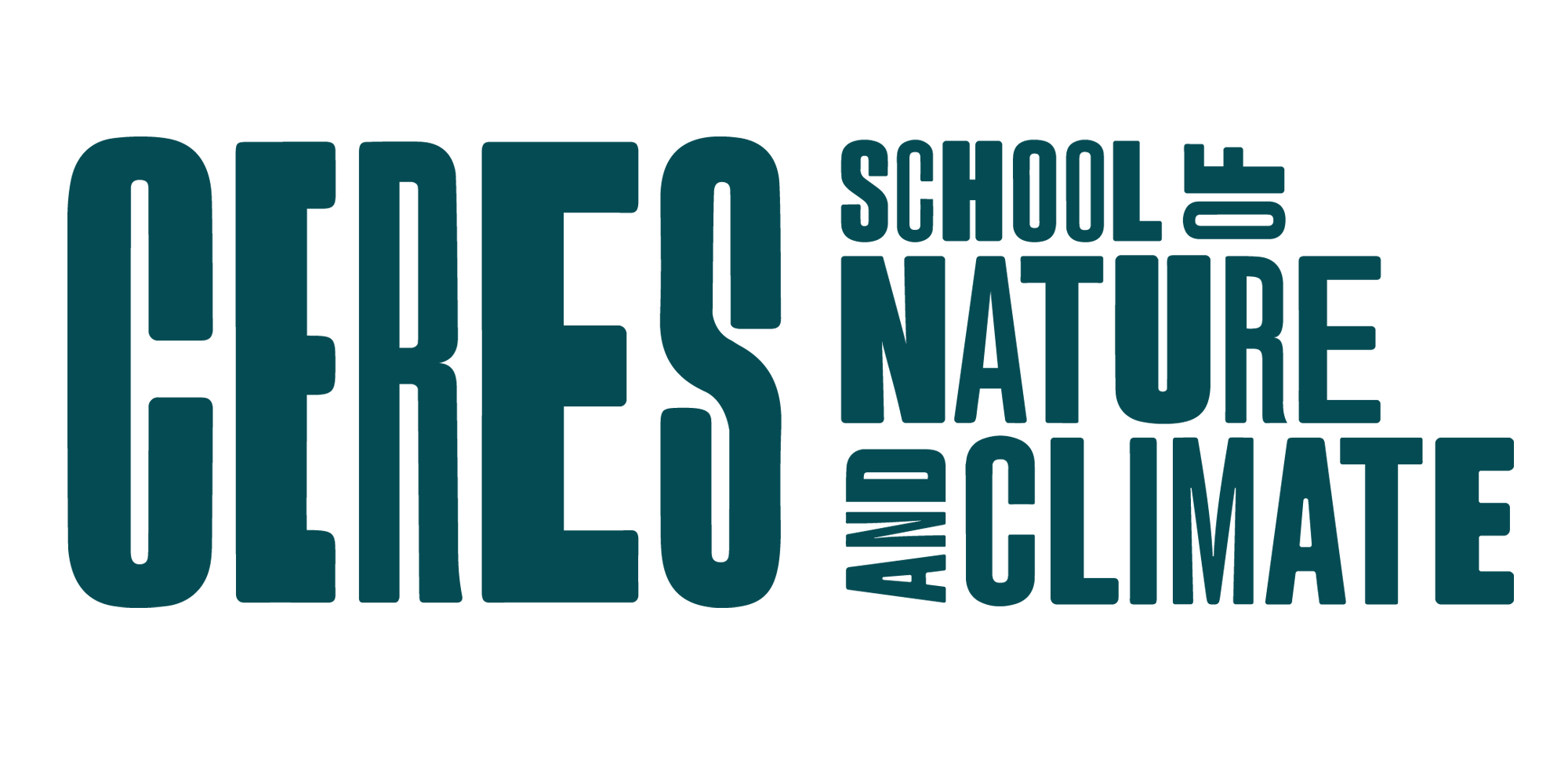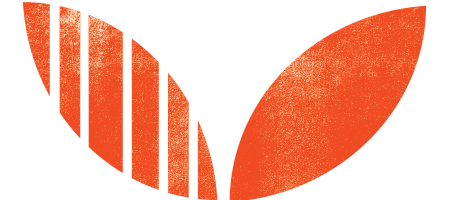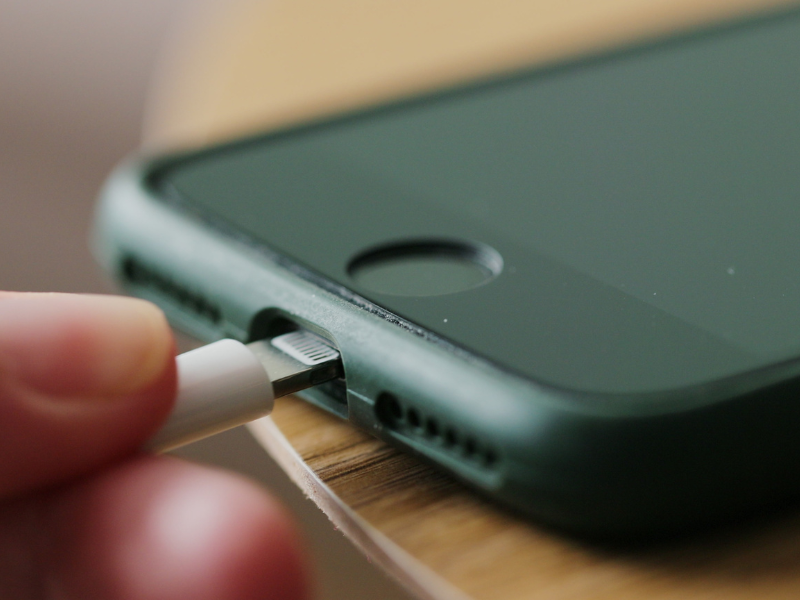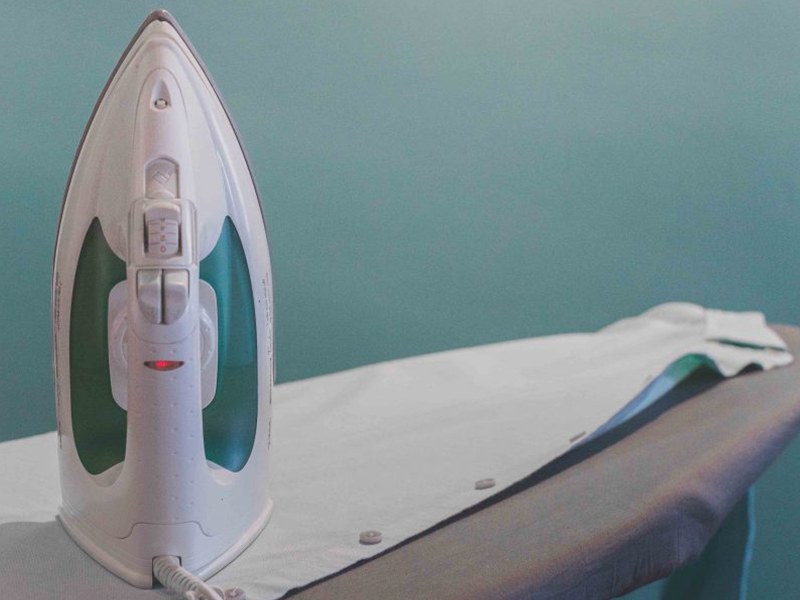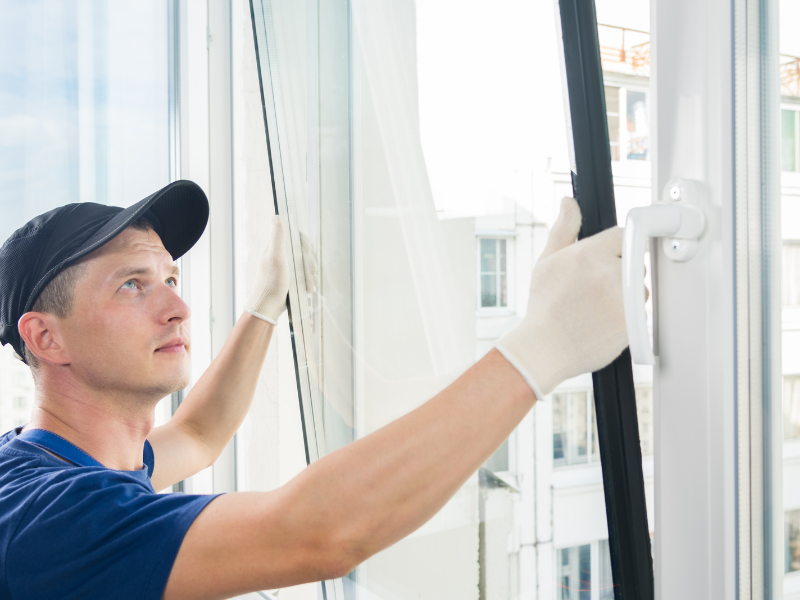Solar Oven Design Challenge Curriculum Activity
Suitable for Secondary (Years 7-10)
Victorian Curriculum Links
Science
Years 7-8: (VCSSU104)
Years 9-10: (VCSSU132)
Design and Technology
Years 7-8: (VCDSTS043), (VCDSTC048)
Years 9-10: (VCDSTS055)
Activity Description
In this project students design and build a solar oven utilising passive solar design principles to warm up the oven and then sustain the temperature for as long as possible. The aim of the design is to cook or dehydrate food as sustainably as possible. Students need to take sustainability into account when researching the materials for their design. Once students have researched their design and created a draft, they build a prototype to test and evaluate the design’s effectiveness. At the end, students present their design process, results and evaluation to the whole class.
Key Concepts
Renewable Energy, Passive solar, Design, Insulation, Thermal Mass, Orientation, Heat retention
Key Learning Intentions
1. Students will learn the key principles of solar oven design and will identify a range of useful and ideally sustainable construction materials
2. Students will learn the principles of heat gain, heat loss and heat retention
3. Students will follow simple instructions and work in teams to carry out a task
Suggestions for Assessment
Formative
1. Participation in the research, design and construction of a Solar Oven
2. Students test and evaluate their design and formulate recommendations
3. Participation in the Discussion questions above
Summative
1. Students present their design process and results to the class
Instructions
1. Tune in and Design Brief
1. Ask students to share what they already know about solar energy and design. Discuss the difference between active and passive solar
2. Watch short Youtube clip on Cooking Steaks with Sunlight in South Africa
In groups, discuss:
a) How does the solar oven work?
b) What are the environmental benefits of this solar oven?
c) What are the social benefits?
d) What are the design limitations and/or advantages?
3. Divide students into groups of 2-3 and provide a set of materials per group (see materials list below)
4. Explain the design objective and provide students with their ‘Design Brief’ handout
5. Student groups start to research and develop a design. They need to agree on the sustainable materials they will use and write/draw their plan.
2. Building, Testing and Evaluating
Students continue to research and draft their designs for a prototype
1. Students can begin to build their prototypes
2. Students may conduct tests on their prototype and make changes/updates. They may need to rethink their plan, request materials or trade materials with other teams. Teams need to document this process
3. Once built, students test and evaluate their solar ovens using the ‘Analysis and Results Worksheet’
3. Presenting
Students present their design process, results and evaluation to the whole class
4. Discussion
1. Did this design achieve the aim of cooking/dehydrating food items?
2. How could your design be improved to achieve greater cooking/dehydrating efficiency?
3. Could you think of other ways solar energy could be used to cook food?
Suggested ResourceSmart Schools Module Links
Undertaking the activity as described above links to the ResourceSmart Schools Energy Module – actions B1.2, B1.3, B1.4
Below is a list of extension activities that link to additional actions of the Energy module:
- Investigate how you can apply these principles of passive solar design to architecture. Research sustainable building design and develop a housing model that includes sustainable materials, insulation, passive solar and other sustainable features. Present your design to the class (ResourceSmart Schools Energy Module – actions B1.1, B1.3)
- Write a learning story about the school’s approach to energy efficiency and share these tips in your school newsletter for families to implement at home (ResourceSmart Schools Energy Module – actions C1.1, C1.3, C3.6)
- Students complete an audit of their electricity use at home (see CERES Electricity Use At Home Curriculum Activity) to identify where they can save energy at home and/or where they could improve design features for energy efficiency (ResourceSmart Schools Energy Module – actions B1.1, B1.2, B1.3, B1.4)
- Invite local indigenous community group/s to share sustainable practices for the cooking of food traditionally (ResourceSmart Schools Energy Module – actions B1.5, B1.6)
Related activities
Electricity Use At Home Curriculum Activity
Energy Activity | Yrs 7-10
